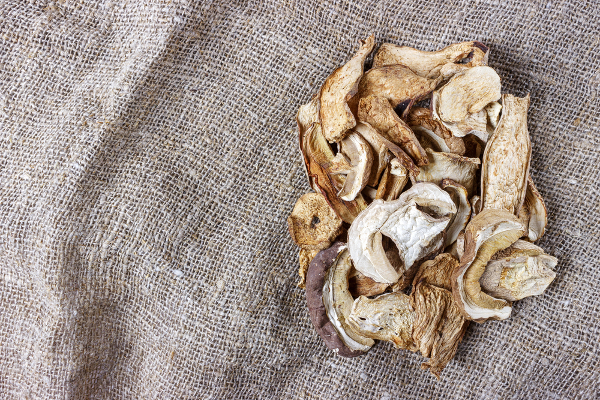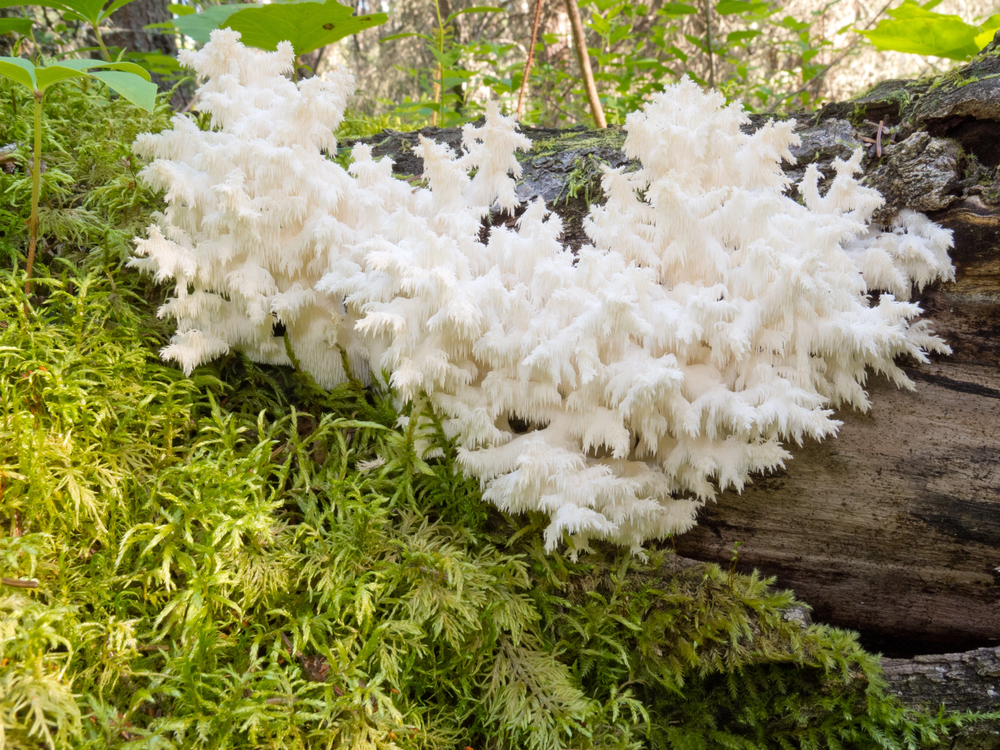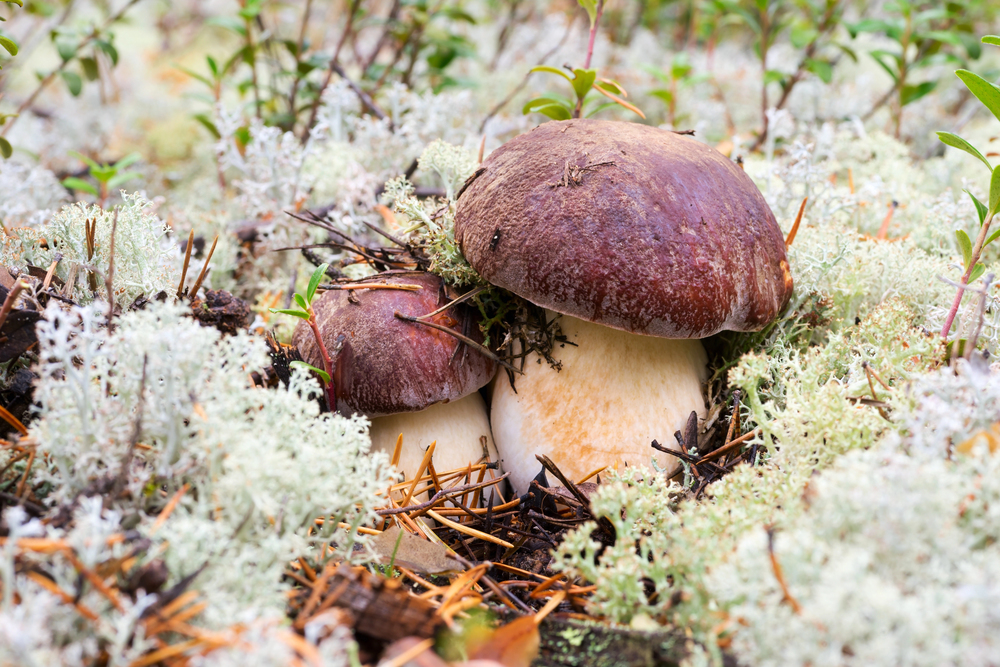When drying or dehydrating foraged mushrooms, it’s important to follow proven methods to preserve their flavor and texture. From selecting the right mushrooms to choosing the best drying techniques, each step is important for a successful outcome.
Choosing the Right Mushrooms
When choosing mushrooms for drying, inspect caps and stems for damage or mold, opting for firm, blemish-free specimens. Select fresh, plump mushrooms, avoiding slimy or soft ones. Ensure proper identification to pick only safe, edible mushrooms.
Handle them gently to prevent bruising, selecting young, not fully matured mushrooms for better dehydration and flavor retention. Some varieties like porcini, morels, and chanterelles are ideal for drying due to their robust flavors and textures.
Preparing the Mushrooms
Before drying, inspect your foraged mushrooms for dirt or debris, wiping them clean with a damp cloth if needed. Trim tough stems and blemishes, and slice larger caps evenly for uniform drying.
Smaller mushrooms can be left whole or halved, ensuring consistent thickness for even drying. Delicate mushrooms like morels can be dried whole to preserve their shape and flavor.
Proper preparation is key for successful drying, enhancing flavor and extending shelf life.
Drying Methods
For optimal results when drying your foraged mushrooms, consider air-drying, using a dehydrator, or oven-drying.
Air-drying involves cleaning and slicing the mushrooms thinly, then placing them on a drying rack in a well-ventilated area. Ensure they aren’t touching and turn them occasionally for even drying, suitable for low moisture content mushrooms like morels or porcinis.
Using a dehydrator is another efficient method. Set it to around 135°F (57°C), spread the sliced mushrooms in a single layer on the trays, and follow the manufacturer’s instructions for best results.
Oven-drying is a quicker option. Preheat the oven to its lowest setting (around 140-150°F or 60-65°C), place the sliced mushrooms on a baking sheet in a single layer, and prop the oven door open slightly to release moisture. Watch them closely to prevent burning.

Storing Dried Mushrooms
To preserve dried mushrooms, store them in airtight containers in a cool, dark place to maintain their quality and flavor. Keep them away from moisture to prevent mold growth and store in a cool environment to maintain texture and taste.
Label containers with mushroom type and drying date for organization and freshness tracking.
Rehydrating and Using Dried Mushrooms
To rehydrate dried mushrooms, place them in a bowl and cover them with hot water or broth. Let them soak for 20-30 minutes until they become plump and tender. Save the soaking liquid for added flavor in cooking.
Rehydrated mushrooms can be used in soups, stews, sauces, risottos, and more. Sauté chopped mushrooms with garlic and herbs for pasta dishes or omelets, or blend them into a paste for gravies and marinades.
Experiment with different types like porcini, morel, or shiitake for unique flavors. Enhance your dishes with earthy, umami-rich notes by using rehydrated mushrooms.



